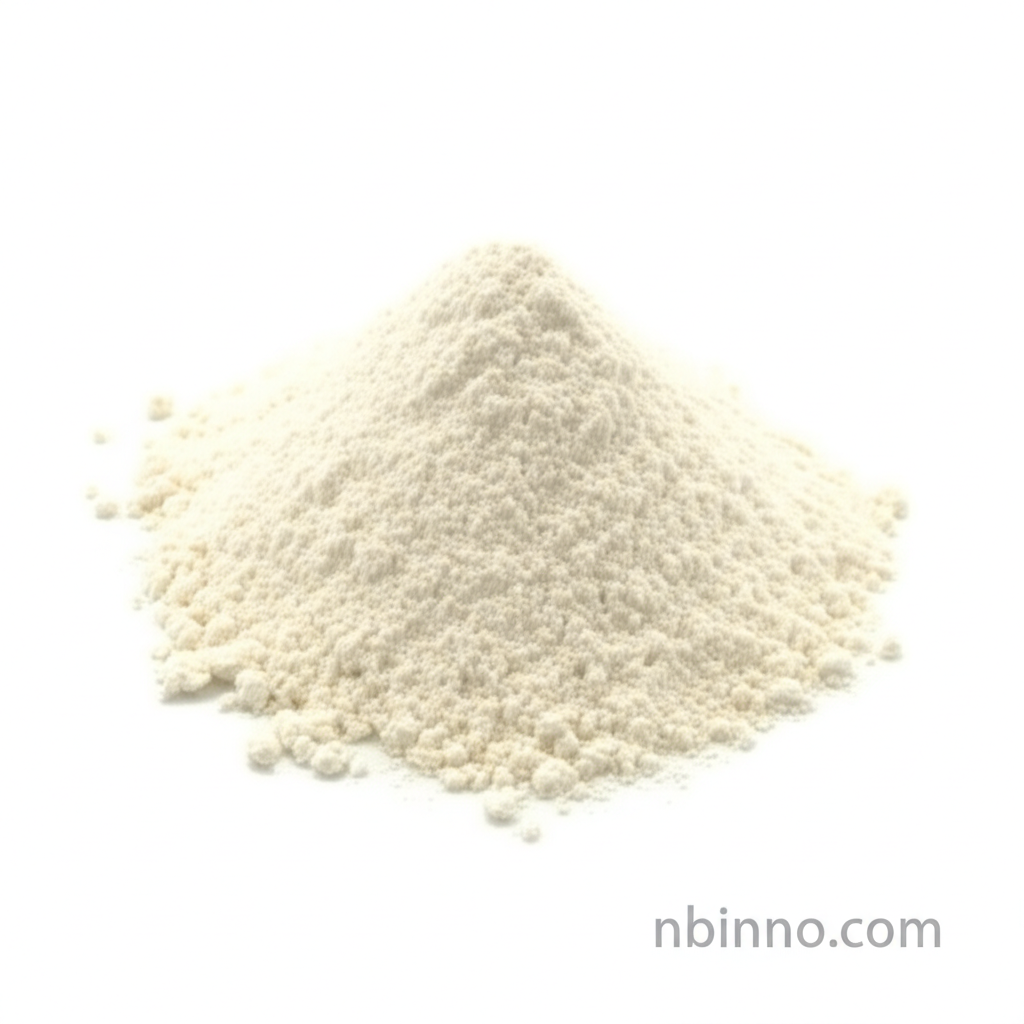4-Aminobenzamide (CAS 2835-68-9): A Versatile Fine Chemical Intermediate
Discover the key properties and diverse industrial applications of 4-Aminobenzamide, a vital component in chemical synthesis.
Get a Quote & SampleProduct Core Value

4-Aminobenzamide
4-Aminobenzamide, identified by CAS number 2835-68-9, is a crucial organic compound widely recognized for its utility in advanced chemical synthesis. Its distinct properties make it a preferred choice for various industrial applications.
- Explore the essential properties of 4-aminobenzamide p-aminobenzamide properties, including its physical form and melting point, crucial for precise chemical reactions.
- Delve into the significant 4-aminobenzamide applications, such as its role as a pharmaceutical intermediate and in the synthesis of dyes.
- Understand why CAS 2835-68-9 chemical is indispensable in modern manufacturing processes, offering unique reactive sites for complex molecular structures.
- Learn about its use as a PADPRP inhibitor in biological research, highlighting its value beyond industrial chemistry.
Advantages in Synthesis and Research
High Purity and Stability
Benefit from the consistent high purity of 4-aminobenzamide, ensuring reliable results whether used as a pharmaceutical intermediate or in specialized fine chemical synthesis.
Versatile Reactivity
Leverage the dual functional groups of 4-aminobenzamide, making it a versatile building block for creating complex molecules and achieving specific reaction outcomes.
Established Supply Chain
Access a robust global supply network for dye intermediate p-aminobenzamide, ensuring timely procurement and consistent availability for production needs.
Key Applications
Pharmaceutical API Synthesis
As a vital pharmaceutical intermediate, 4-aminobenzamide is integral to the synthesis of various Active Pharmaceutical Ingredients (APIs), contributing to drug development and production.
Dye and Pigment Manufacturing
Its role as a dye intermediate underscores its importance in the colorants industry, enabling the creation of vibrant and durable dyes and pigments.
Biochemical Research
The compound's efficacy as a PADPRP inhibitor makes it a valuable tool in biological research, aiding studies on cellular processes and disease mechanisms.
Advanced Organic Synthesis
Utilized as one of the key organic building blocks, it facilitates complex reactions in the field of chemical industry safety and handling, and beyond.
